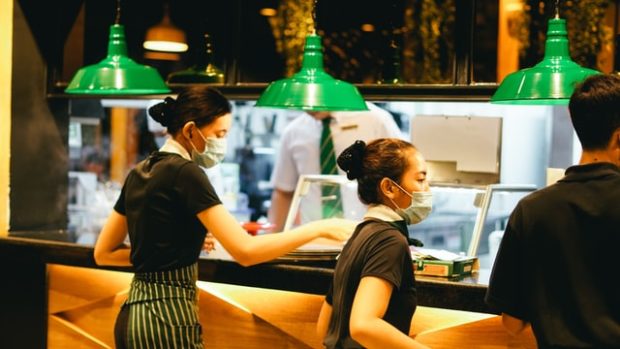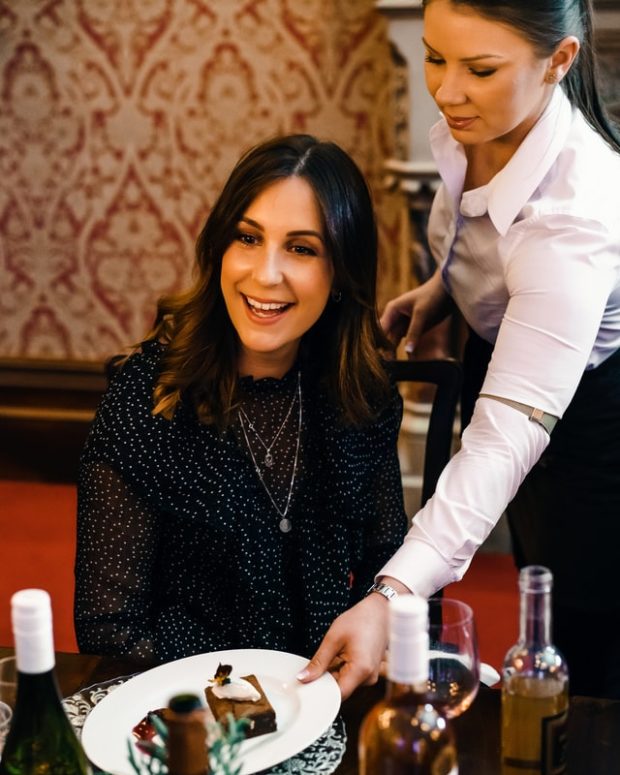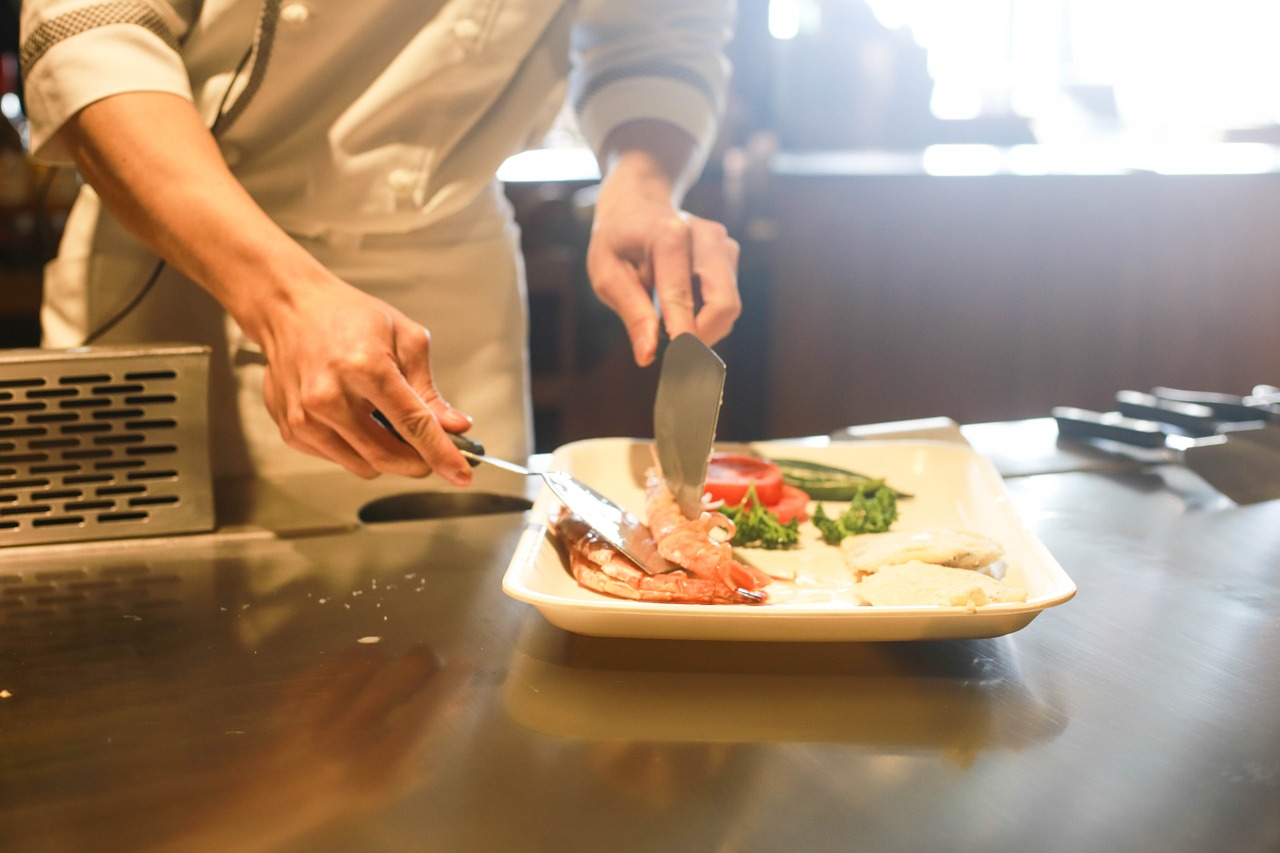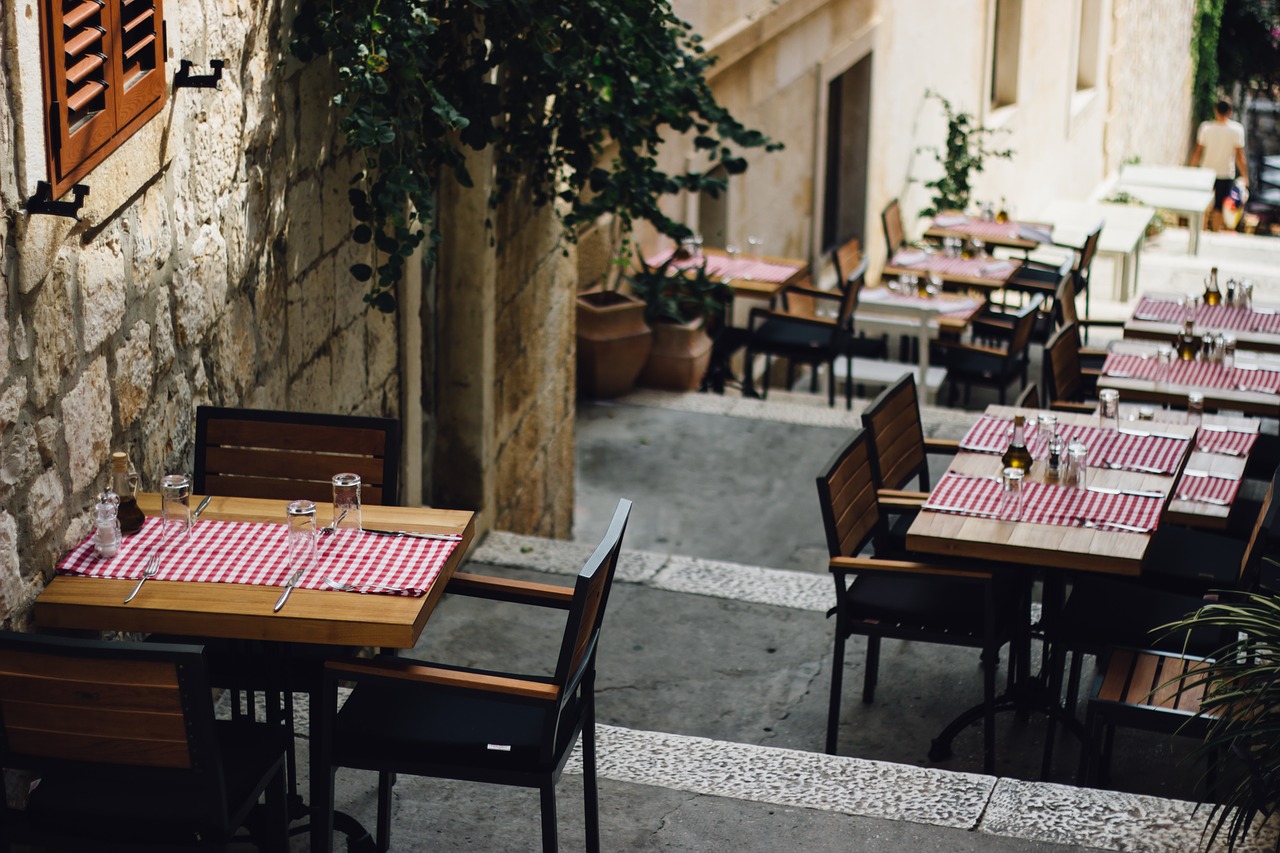Running any sort of business is not a walk in the park. It does not matter which industry you work in, be it tech, the service industry, the food industry, or the hospitality business, all of them come with their own set of unique challenges. Yes, the idea of being any sort of successful business owner sounds great, but, not recognizing the difficulties and challenges that come along with being a business owner is a fatal error on many people’s part. A lot of people want to be entrepreneurs today without realizing just how much goes into it. For every successful business, there are many more that end up having to scale back operations or close their doors permanently.
The food industry commonly experiences an influx of new restaurants and food businesses opening every other week, and then a majority of them having to cut or permanently stop their operations within their first year or two of opening. This is because the food industry is incredibly saturated and unless you are offering something new or unique, there are plenty of competitors in the market. Every cuisine is now easily available everywhere, so standing out can become difficult in this sort of situation.

Even if you have a good product, there are tons of others things that have to be taken care of behind the scenes, or else your business can still suffer. This includes managing costs, managing and buying your inventory, having a good accounting system and a professional accountant, and of course good restaurant booths and setups in general. We will be going over these in more detail throughout the rest of the article, so if you want to understand everything that is happening behind the scenes of any restaurant, you can keep on reading the rest of this article.

Managing costs is a very important part of running a profitable business. You need to be able to realize where you can save money and where you need to expend more. This is where stock and inventory become even more important. A lot of newbies make the mistake of buying their products and ingredients at a high price. You need to go to wholesale markets and look into finding suppliers that will give you a regular supply of the ingredients you need at a lesser price. Shopping from standard grocery stores is going to cost you more money in the long run, and this money can be saved through a good supplier. Some suppliers work in close contact with different restaurants and food businesses. You will have to make a few rounds, talk to different vendors, and other people in the food industry to learn more about different supplies and to get contacts. Having good contacts will help you make smarter decisions, so networking as a restaurant owner is very important because you never know when you can need someone’s help. You also want to have good relationships with other restaurant owners in your area so that you can help each other out if anyone needs help. You might think you have to be lone wolf in this cut-throat industry, but it is possible to cooperate and help each other out.

You also want to train your staff and learn how to store your produce for longer. This is especially important when dealing with fresh produce and ingredients. You want to research and find out how you can keep them fresh for longer, and what you can do with them later or other ways to use them so that you do not discard unnecessary waste. Examples here can include making a master stock with leftovers, using it as compost to grow your herbs for the restaurant, and so on.

If your accounting system is old, outdated, or just not efficient, it can make it difficult to crunch the numbers at the end of the month. You can choose to handle your accounts yourself, but if you struggle with managing them, it is better to hire a good accountant and just verify the numbers they calculate. They will create a more streamlined system and will work towards maintaining a ledger so that you have a better idea of how much you are earning every month, and also make things easier when you later have to file your taxes and so on. If your accounting system is messy, you will end up with more chances of money going missing or moving around.

You also want a restaurant that looks good and has a good setup. If your restaurant looks run down or cheap, people might not want to visit it. Investing in your interior is important, so this includes the paint, the tables and chairs, your choice of decor, and so on. As much as we might want to deny it, aesthetics do matter when choosing a restaurant because people want a nice visual experience, so having that is important. You can hire a professional designer or consultant to help you out, or you can go through different pictures on the internet to get a better idea of what you want your restaurant to look like. A cohesive setup and theme are important, and if you want to save money, you can opt for a minimalist setup with simple decor. You can also look into local craftsmen and smaller stores to buy your furniture and supplies since they will be cheaper than going to bigger stores and branded names. You can find good, sturdy, and affordable furniture, but it will take some effort on your part. You also want to ideally opt for furniture that can easily be cleaned since food and drinks spilling on tables and chairs is a common occurrence in restaurants, and the last thing you want are stains that are still visible or apparent even after you have cleaned them or spills that end up weakening your furniture. At the end of the day, a lot of thought and planning needs to go into running your restaurant business.











